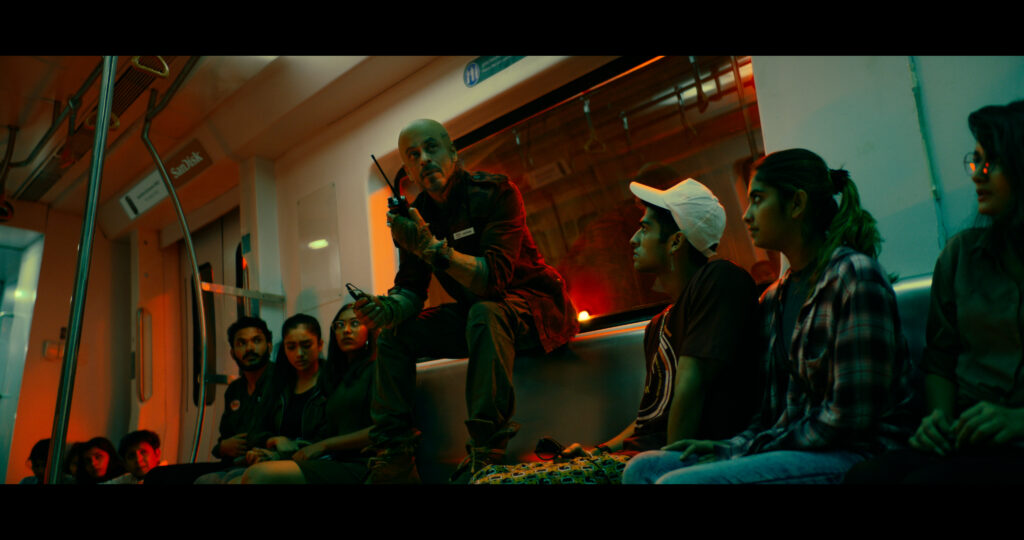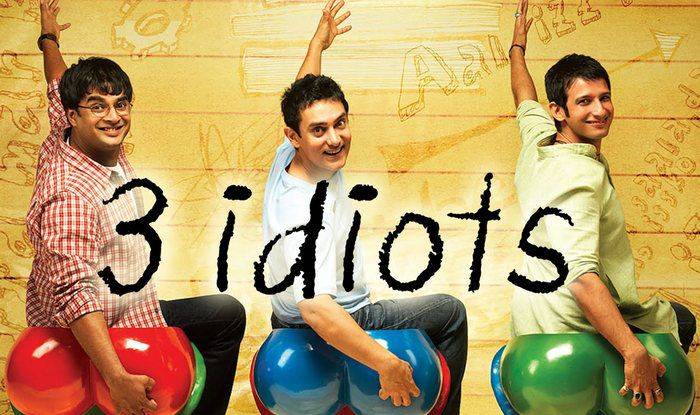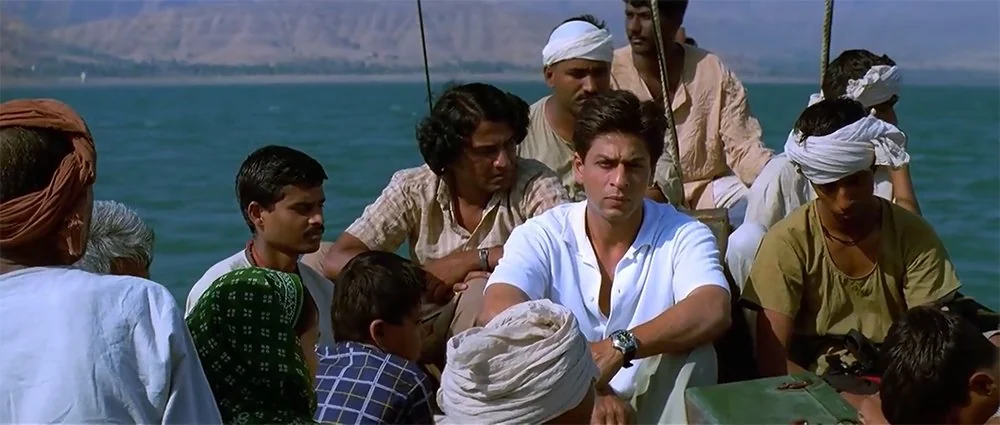Kisi ko kuch nahi pata. Sab andhere mein teer maar rahe hain (No one knows anything. We’re all just shooting in the dark). Here’s part 2 of my take on the evolving business of entertainment (Part 1 here).
Recent trends followed by the earth-shattering reception to Pathaan and Jawan suggest how it is the era of masala and mass entertainers and everything else is conducive for the digital space. Even numbers suggest the same. But, numbers, for their design, will always tell you what is clicking in the market and not necessarily what would click for you.
What’s bugging modern Indian cinema like a parasite aren’t solely the clouded marketing minds but the elitist mentality of a select group of the audience. The part that has given rise to content shaming.
The cool kids club that prefers every piece of content to be grave, dark, morbid and call it artsy. Yes, the anti-mainstream lobby.

What these self-assigned feudal lots should understand is that every film doesn’t need to be a thespian’s treasure trove. People watch cinema for primarily two reasons – A) as a passion B) as a recreational activity.
While the ones actively chasing it as a passion will always subconsciously examine and learn from every film, the common moviegoer, the pedestrian will always watch a movie for either an entrance to a new world or escape from the real one they live in. It is always the well off, privileged lot without real world problems that sets off to find problems, pain and suffering through content since they don’t have to go back home to a grim reality.
The average Indian too wants to be moved by cinema. But they don’t want counselling. Which leads us to the biggest roadblock that cinema faces in this modern, civil society.
Message: Humari film mein ek strong message hai.

The most blatant and oblivious display of the holier than thou approach. Here’s a kicker. Films change nothing in the society besides fashion, communication slang and beauty codes.
People didn’t go and grab a hold of Manu Sharma in the Jessica Lal Murder Case after watching Rang De Basanti, 3 Idiots didn’t stop student suicides and Jawan didn’t end jingoism and bigotry in the country.
Films, at best can present an outlook that one could relate with. That’s what resonates with the audience. Everything else is either an unintentional passing of the bias one has been programmed with or clear propaganda.
We must understand and accept that India is a cinema loving country and not a cinema literate one.
Watching films is still the fifth or sixth or even least important activity for most people.
Reasons why, even a mammoth blockbuster in this nation of 140crore+ people can only manage 2-3cr footfall. Yes, the viewing habit and patterns have evolved. But change is a slow and painful process.
Change must eventuate from grass-root levels. Better literacy, education, and personal development will lead to overall better decision making and preferences. And a refining and reformation in demands will automatically rechristen the quality of supply.

To conclude, I reiterate, none of us know exactly what is wrong or right for the business. Everything is running on fudged numbers, prejudice, and assumptions.
Take me for the lack of a better example. The amount of strong opinions I have on these things, I should’ve achieved a lot as a creator. My supposed clarity of thought should’ve placed on a lofty place in the industry. But that’s not how it works.
Opinions are good for discussion and nothing beyond. While I might have the taste for all things good, I still don’t possess all skills. Maybe temperament, people management, inability of brown nosery, anything must be adequate. And the harshest truth of the game is – taste and skill grow at different paces. It’s not just me. It is all of us. On the same curve. But on different ends. Lost in the right direction. Trying to make sense of it.
Kisi ko kuch nahi pata. Sab andhere mein teer maar rahe hain.
Comment (1)